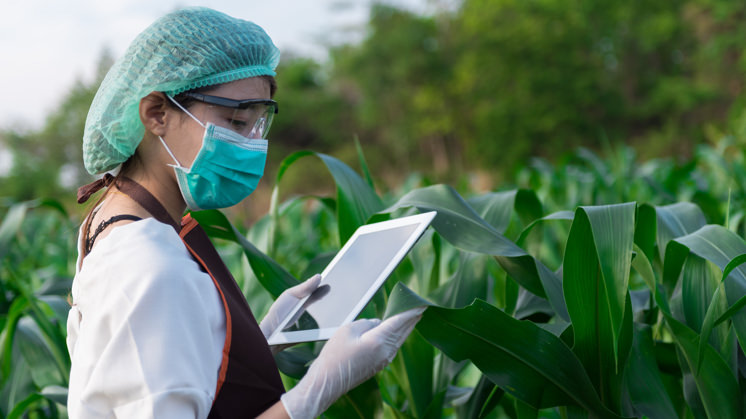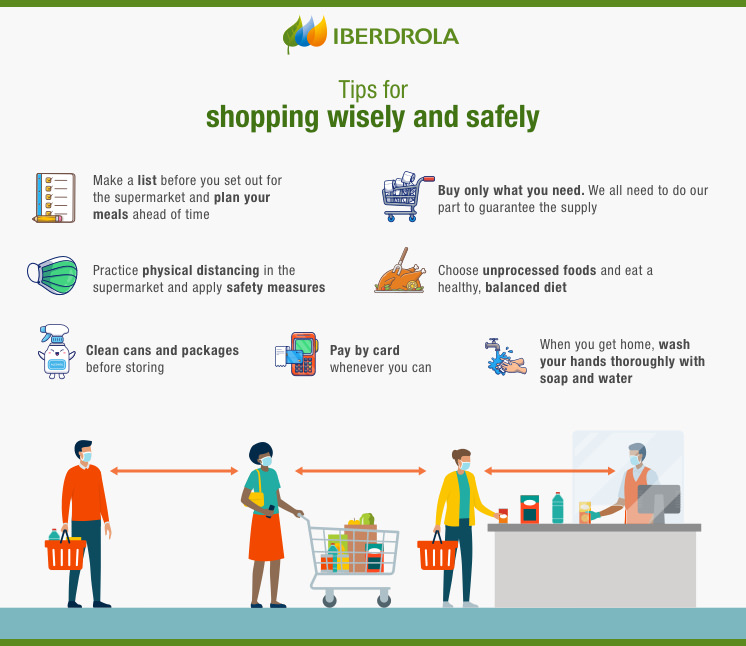Food safety
The importance of food safety: what are the threats?
The availability, access and consumption of nutritionally adequate food are the three pillars on which the concept of food security is based. Climate change, water scarcity and soil depletion are some of the threats that threaten it globally, which have now been joined by the socioeconomic effects of the COVID-19 pandemic.

The United Nations (UN) has included the global challenge of the fight against hunger among its Sustainable Development Goals (SDG). SDG 2 is a commitment to end all types of hunger and malnourishment by 2030, particularly among children, and it underlines the importance of sustainable agriculture. The United Nations Food and Agriculture Organization (FAO) has warned of the many paradoxes in the world, such as the fact that in recent years hunger has increased alongside other forms of malnutrition such as obesity.
What is food safety
The concept of food safety emerged in the seventies. This has developed into the current definition that encompasses a range of economic, social and cultural variables. According to the FAO, in a definition established at the World Food Summit (WFS) in Rome in 1996, food security is achieved when everyone has physical, social and economic access at all times to sufficient, safe and nutritious food to meet their dietary needs and food preferences for an active and healthy life.
Importance of food safety
According to the FAO's report on the State of Food Security and Nutrition in the World published in 2019, an estimated 2 billion people in the world are experiencing some type of food insecurity — even in North America and Europe, where its estimated that 8% of the population are affected —. These data show that food safety, although it is not the same for everyone, is a global problem. The principles that enable us to establish food security levels are as follows:
Availability
This involves production, imports, storage and also food aid, understood as a transfer in case of local or national need.
Stability
Food insecurity may be transitory due to questions related to the seasonal nature of the agricultural industry or the cyclical issue of economic crisis. Storage is a pivotal aspect of this.
Access
Food can become scarce due to physical questions — insufficient quantities of food, isolated communities — or social and economic reasons, high prices, financial poverty.
Consumption
Food intake should meet nutritional needs, as well as food preferences.
Types and examples of food safety
Biological use of foods, which link nutritional status and health, provides the accepted definition of food insecurity, in other words, insufficient food intake — whether temporary during a crisis — seasonal — due to farm production — or chronic — when ongoing —. In 2013, the FAO launched the Voices of the Hungry and established The Food Insecurity Experience Scale (FIES) that measures the access of people and homes to food. The levels are as follows:
- Minor food insecurity. This occurs when there is uncertainty regarding the ability to obtain food.
- Moderate food insecurity. When the quality and variety of food is drastically compromised or intake is reduced and meals are skipped.
- Severe food insecurity. This is when no food is eaten for one or more days.
As one might expect, food insecurity is extremely harmful to health, especially in children. From death by diarrhoea — the second-most common cause of death among children under the age of five according to the World Health Organisation (WHO) — to poor academic performance and growth retardation.
Causes of food insecurity: challenges and threats
According to the United Nations, one in every nine people in the world is currently malnourished — that's 815 million people —. The figure is expected to climb to two billion people by 2050 if nothing is done. How have we come to be in this situation? There are many causes, but here are the main ones:
Soil depletion
Water shortages
Air pollution
Climate change
Population explosion
Economic crisis and governance issues

SEE INFOGRAPHIC: Tips for shopping wisely and safely [PDF]
In recent months, a new enemy — the coronavirus crisis and their derived socials and economics — has come on the scene to endanger food distribution and, by extension, food safety. What quantities reaching supermarkets in the more developed countries or how it is aggravating the endemic difficulties in those populations who live with food insecurity are just two of the issues. In the case of the former, to avoid interference with food supplies, it is vital we buy sustainably and take all the necessary measures to prevent further spread of the disease.




